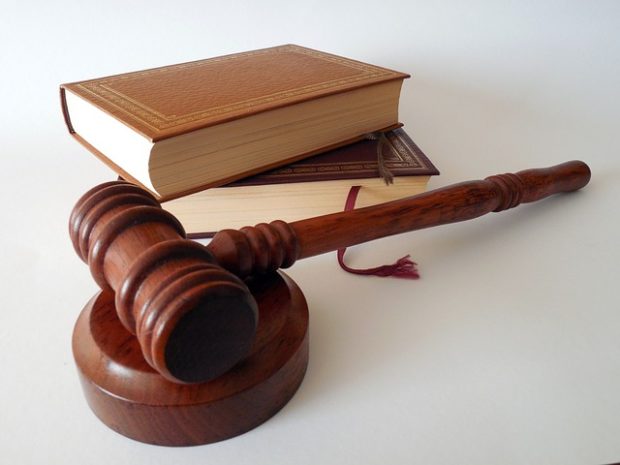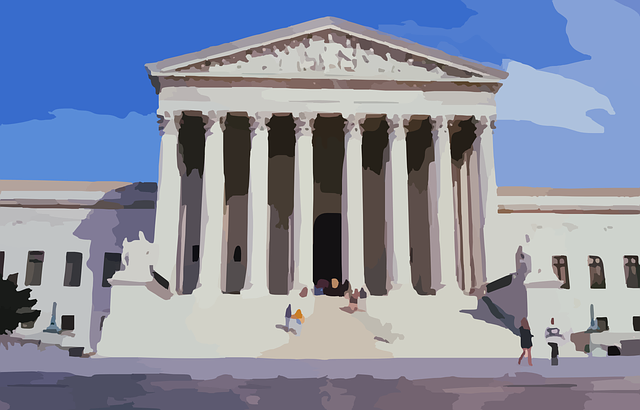Understanding Criminal Defense Strategies

The process starts from the time, the defendant enters in the defense attorney’s office. His version of events will fall in either of 3 broad categories. One may be the admission of guilt. In this case, the primary criminal defense strategies will shift immediately to making his crime a lite version or trying to portray circumstances that made him do what he did.
Another version from the defendant may be the complete denial of the events. However, in this case, the defense lawyer would only give proper attention to the complete denial if he finds the story credible or he finds alibis or witnesses available to buttress the claim of the accused. After all, the case has to be built up from a solid foundation and no lawyer would want to jeopardize his career on a case whose foundation is flimsy.
The third version can be the literal admission of crime but with a rider “why I committed the crime “. The defense attorney will then decide on criminal defense strategies and how much to empathize with the logic of the accused.
Accused tells his story, next what?
After the story is out from the accused, the defense strategy will start to take shape.
The strategy will be based on the following options.
First Plan
If the crime has been committed by the accused beyond doubt, the lawyer would plan not to absolve the accused of the crime but to present another side of events in the run-up to the act, which turns it in favor of the accused.
He will try to show that the heinous act was committed either
- Under Duress or Immediate danger
- Necessity
- Purely an act of Self-defense or defense of others.
The above defense builds up on one common logic. The act had to be committed; else the accuser would have been in grave life-threatening trouble.
Another two factors which may be tried by the defense counsel to show save the accused are to show the defendant as:
- Under Involuntary Intoxication at the hour of crime
- Plea of Insanity at the time of the crime
As usual, these reasons have to be proved by alibis, witness’s accounts, reasons, breadth analyzer tests, doctors, and psychiatrists.
Second Strategy
Now if the strategy will be to deny that the accuser was present at all during the crime. For this, the actual story will have to be twisted. For example, if the prosecution states that the vehicle of the accused was used for crime, the defense will counter it by stating the vehicle was taken away forcibly from the accused that very morning at gunpoint.
Third Strategy
Another strategy can be paint brushing the act of the accused in a completely holy light. This strategy will work when there is an iota of doubt on whether the crime had been actually committed by the accused. If the prosecution states that the accused was definitely present at the crime spot at the time of crime and had strong motivation or circumstance for committing the crime (but just stays clear of accusing the defendant for the crime and tries to rely more on circumstantial evidence), the defense counsel will present the opposite picture. Yes, the defendant was present at the crime spot but he was actually trying to revive the victim when the police arrived. Obviously, this will set everybody wondering what really had transpired and who is right.

Different factors considered while building the defense strategy
After hearing out the story from the accused, the defense lawyer takes many factors into account while trying to build up the case. Just as the prosecution becomes hell-bent on proving that the accuser is of a criminal bent of mind and had every reason to commit the crime, the defense will try to prove the opposite.
The defense attorney will dig out the past arguments and strategies of the prosecutor to understand how he will proceed with the case. As the trial commences and witnesses come to light, the defense will rigorously cross-examine the witness of the prosecutor. He will try to prove that the witness’s method of identifying the accused was incorrect.
In fact, the defense will try to bring an alibi who will state the opposite of what the prosecution witness has stated.
As the law enforcement officers associated with the case appears in the dock, the defense counsel also closes in. The defense team will try to prove that the police had indulged in misconduct for framing the accused. The defense lawyer will accuse the law officer of tutoring witness, implanting and doctoring evidence. Defense may also accuse police of extracting evidence by physical torture. If the evidence becomes inadmissible due to wrong methods of extraction, half the base on which the prosecution will build the case, goes for a toss.
One important point of defense strategy used by the drug defense lawyer in defending his client is “False Accusation”. Some of the crimes do not need immediate physical evidence to be accepted as the crime or to arrest the person. However, the defense counsel may later use this by saying that the clause had been wrongly used. There is/was no evidence at any stage of the trial against the accused and the clause was simply used knowingly to malign the defendant. Needless to say, the watertight case of prosecution suffers a leakage.
Other methods used
- The defense lawyers will often conduct mock cross-examination and interviews to make him acquainted and memorize the defense theory.
- Recreate the crime scene to stimulate the crime accused memory so not as to miss any tiny details.
- Hear the version of events from the horse’s mouth (the accused) to see his point of view. This will help in later defending “why “the crime was committed”.
This is a game of one-upmanship, where defense and prosecution both create logic, events, and reasons out of thin air with the sole aim of convicting or freeing the accused. The magic lies in making these arguments “beyond a doubt”. And for that, careful defense strategy has to be created by the defense lawyers. Better the strategy, better will it stand up to the rigorous inspection by the court.

